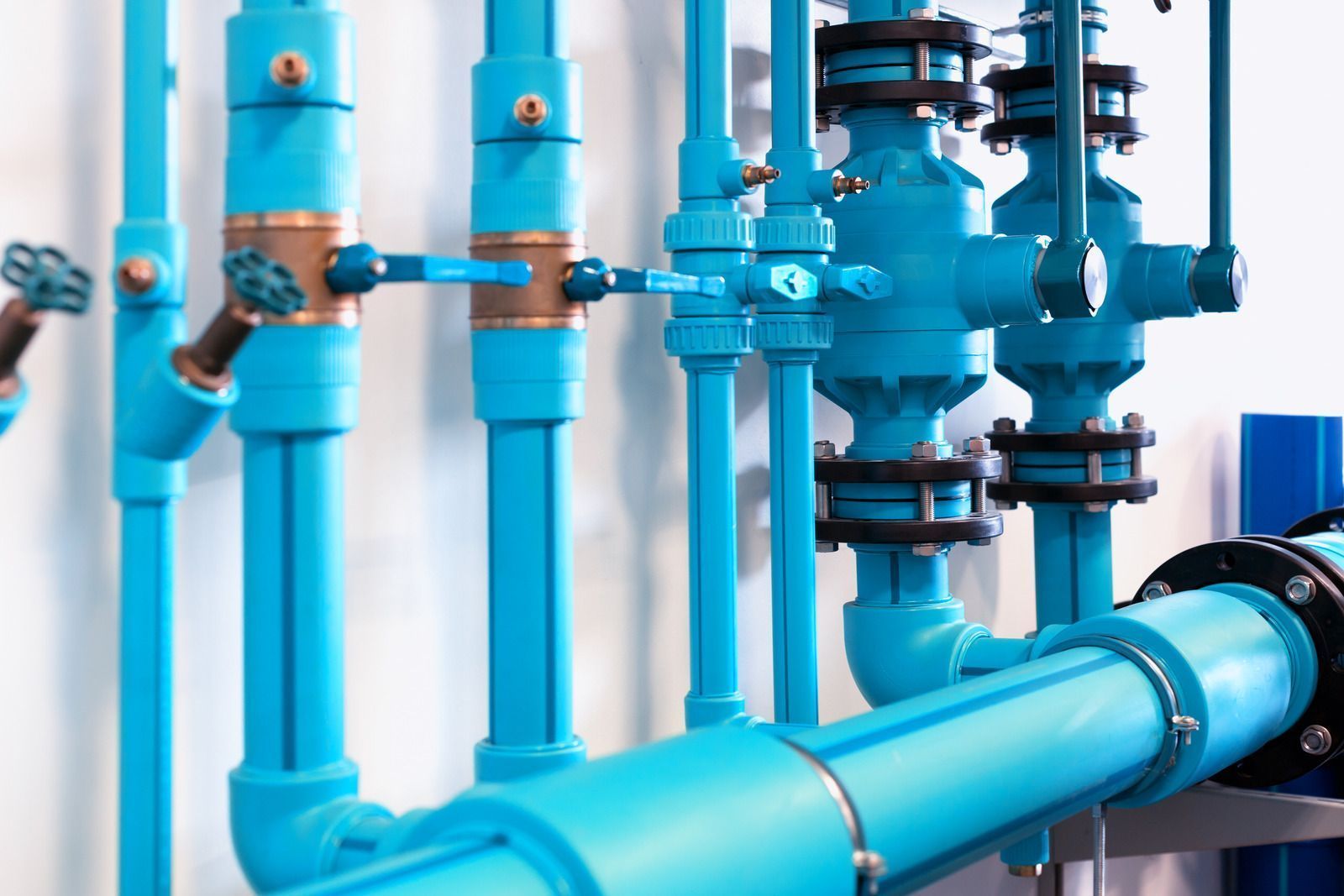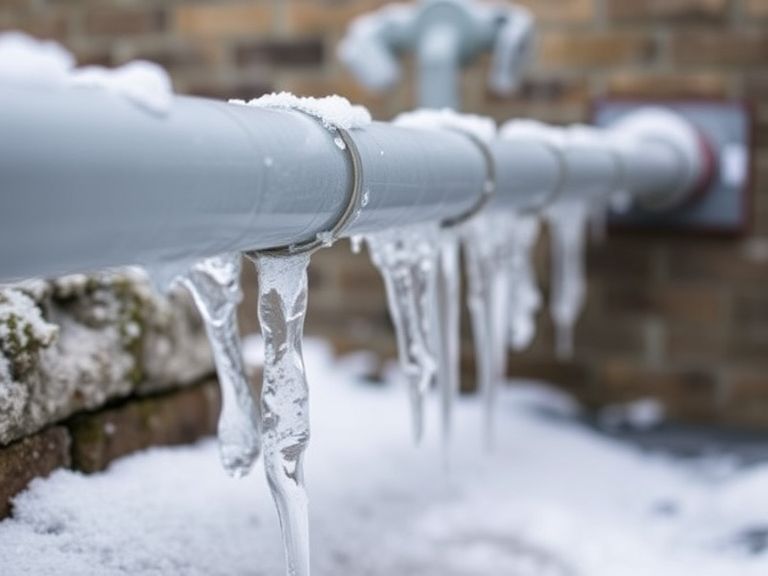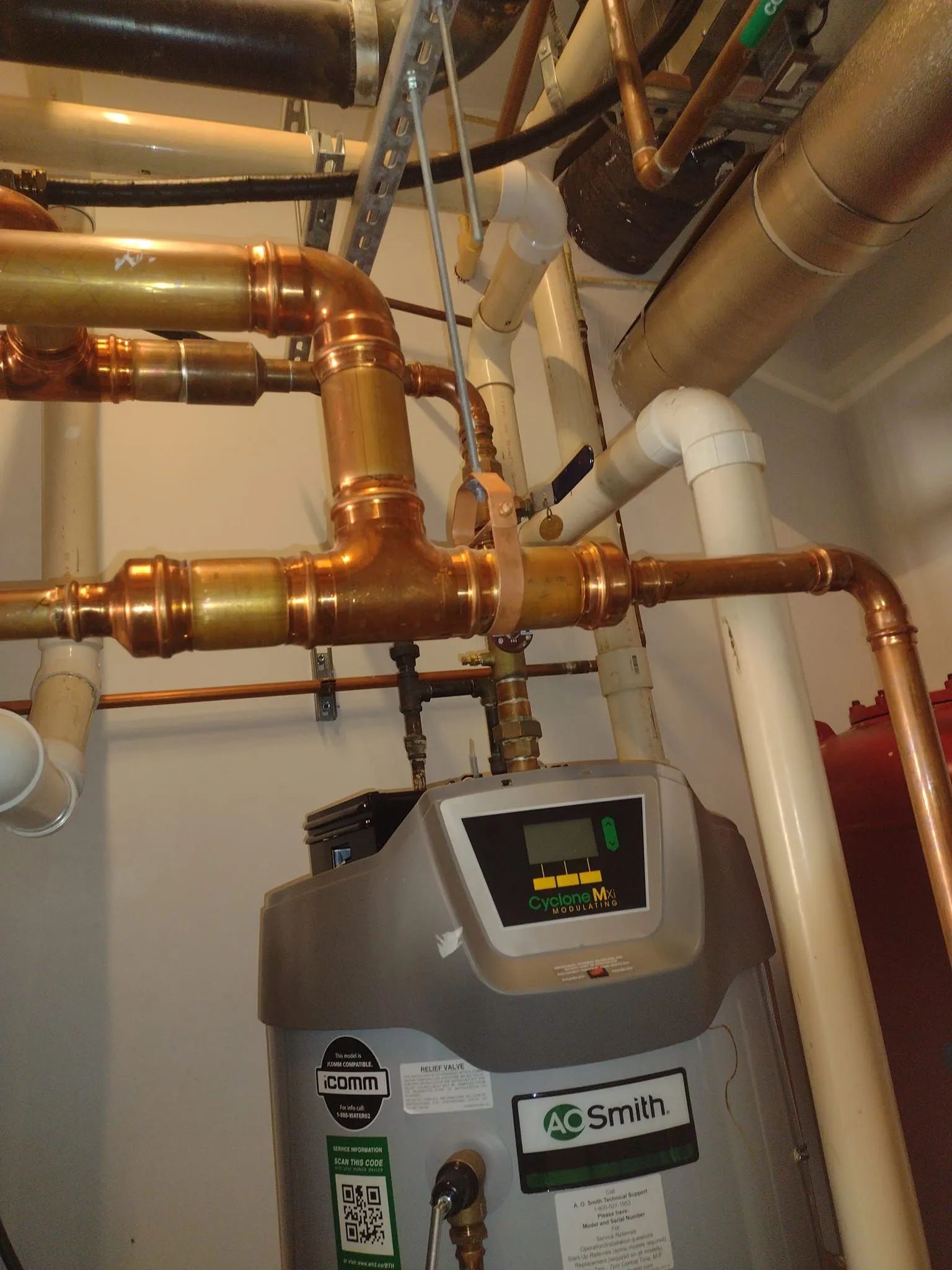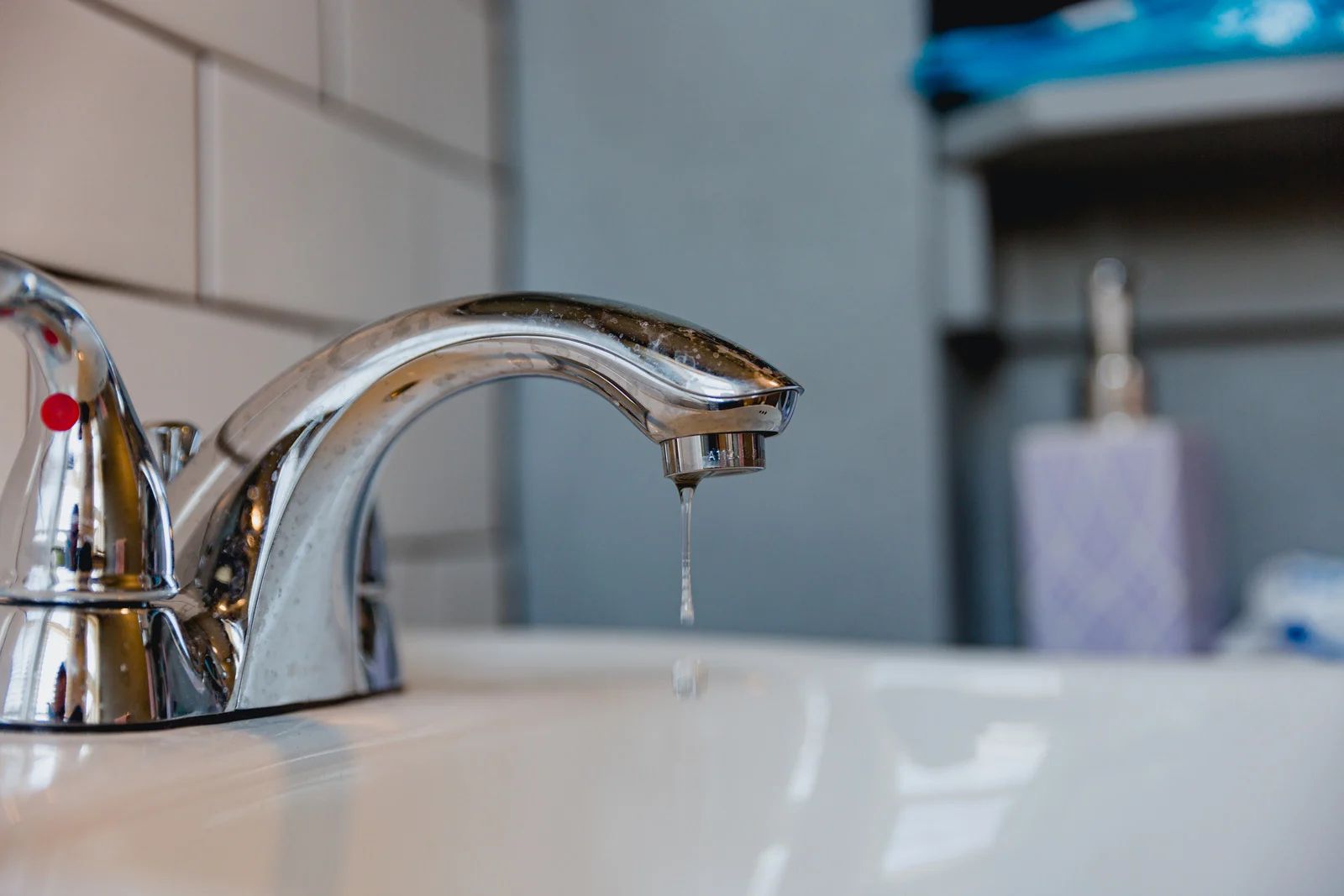Backflow Prevention: Why It’s Critical for Businesses & Homes
November 1, 2025

Water is one of the most essential resources for any home or business, but ensuring it remains clean and safe requires careful maintenance and compliance with plumbing regulations. One of the most crucial aspects of water safety is backflow prevention. Whether you own a home or a commercial property, understanding backflow and the importance of testing is key to safeguarding your drinking water from contamination.
What is Backflow?
Backflow occurs when the normal flow of water reverses direction, allowing contaminants to enter the potable water supply. This reversal can happen due to backpressure or backsiphonage.
- Backpressure: Occurs when downstream pressure exceeds the supply pressure, pushing non-potable water back into the clean water system.
- Backsiphonage: Happens when a sudden drop in supply pressure creates a vacuum, pulling contaminants from sources like irrigation systems, industrial chemicals, or wastewater lines into the drinking water supply.
Why Backflow Prevention is Essential
Without proper backflow prevention measures, hazardous substances such as pesticides, fertilizers, chemicals, and even sewage can infiltrate drinking water. Contaminated water can pose severe health risks, including the spread of bacteria, viruses, and toxins.
For businesses, particularly those in industries such as healthcare, food service, and manufacturing, backflow prevention is not just a best practice—it’s a legal requirement. Failing to comply with local and federal regulations can lead to fines, legal liabilities, and damage to your company’s reputation.
How Backflow Testing Protects Your Water Supply
Backflow prevention devices, such as check valves and air gaps, are installed in plumbing systems to prevent contaminated water from flowing backward into the clean water supply. However, these devices must be tested regularly to ensure they function properly.
Professional backflow testing:
- Identifies system vulnerabilities: Routine testing helps detect faulty valves or pressure issues before they lead to contamination.
- Ensures compliance: Many municipalities, including Pittsburgh, require annual backflow testing for commercial properties.
- Protects public health: A properly maintained backflow prevention system keeps both your business and the surrounding community safe.
- Prevents costly plumbing repairs: Early detection of backflow issues can help avoid extensive damage to your plumbing system and costly water contamination cleanups.
Who Needs Backflow Prevention?
While backflow prevention is critical for every property, certain businesses and industries face higher risks. These include:
- Restaurants and commercial kitchens
- Hospitals and medical facilities
- Industrial and manufacturing plants
- Car washes and auto repair shops
- Apartment buildings and multi-family housing
Residential properties with irrigation systems, private wells, or swimming pools also benefit from backflow prevention measures.
At Patrick David Plumbing, we provide expert backflow testing and prevention services in Pittsburgh, PA. With 12 years of experience, our certified technicians ensure your plumbing system meets all safety and regulatory standards, giving you peace of mind that your water supply remains clean and safe.
Don’t wait until a backflow issue arises—schedule your backflow testing today to protect your business, home, and community. Contact us to book an appointment.
Safeguard your water, safeguard your health!





